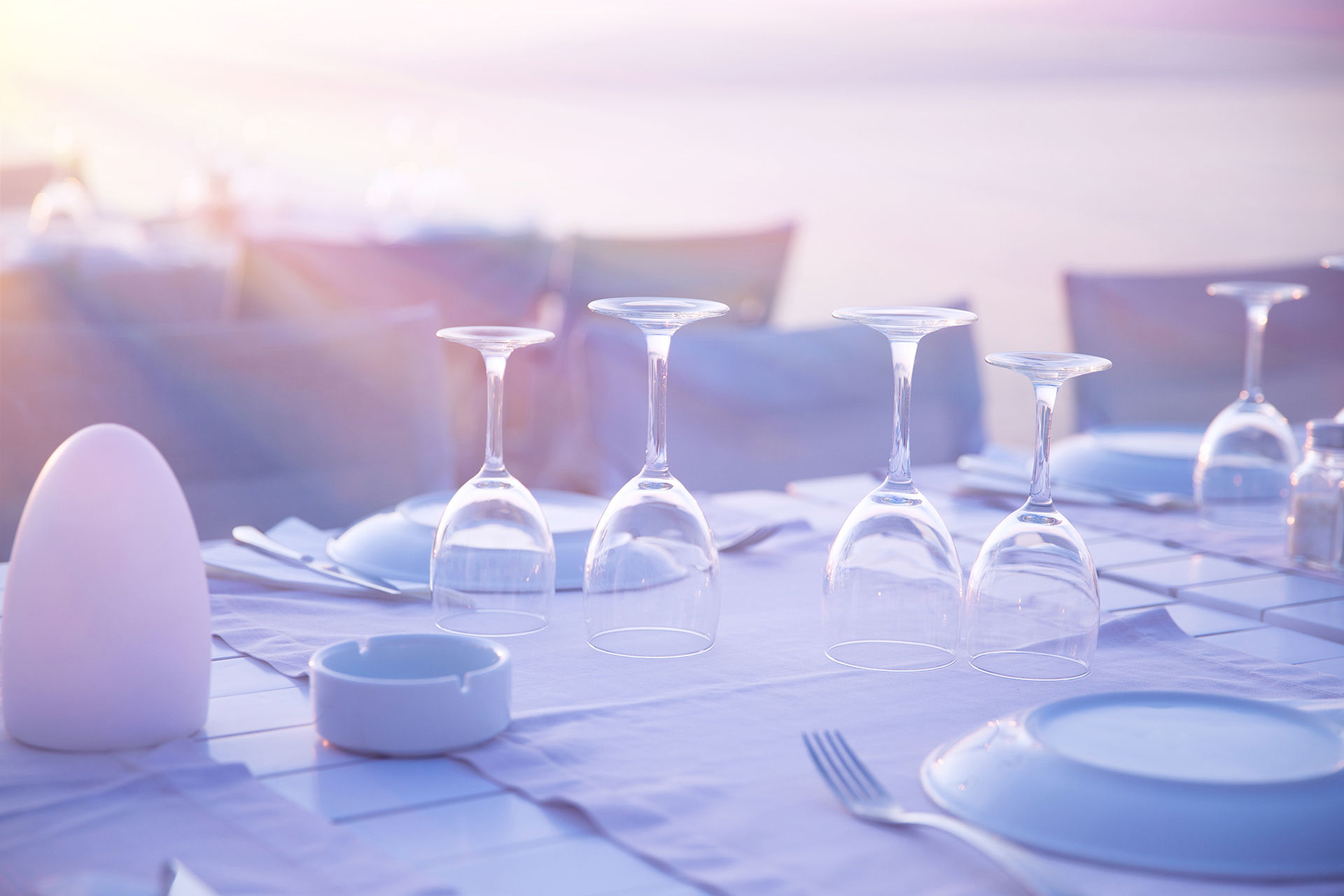Water Resistant Tarpaulins for Covering Boats And Hay
- Bradley Tomlinson

- Jun 3, 2023
- 2 min read
Water-resistant tarpaulins are commonly used for covering boats and protecting hay from moisture and environmental elements. Clear Tarpaulin is specifically designed to provide a barrier against water, preventing it from seeping through and damaging the contents underneath.
When selecting water-resistant tarpaulins for covering boats and hay, there are a few factors to consider:
Material: Look for tarpaulins made from water-resistant materials such as polyethylene (PE) or polyvinyl chloride (PVC) coated fabrics. These materials have a higher resistance to water penetration and are often treated with additional waterproofing agents.
Size and Dimensions: Ensure that the tarpaulin is large enough to cover the entire boat or haystack. It should have enough overhang on all sides to provide sufficient coverage and protection. You can measure the dimensions of the boat or haystack to determine the appropriate size of the tarpaulin needed.
UV Protection: Check if the tarpaulin offers UV resistance. Exposure to sunlight can degrade the material over time, leading to reduced water resistance and durability. UV-resistant tarps are treated with additives that protect against harmful UV rays, prolonging their lifespan.
Thickness and Strength: Consider the thickness and strength of the tarpaulin, especially when covering boats or protecting hay stacks. Thicker tarps are generally more durable and better equipped to withstand harsh weather conditions. Reinforced corners and grommets also provide added strength and secure attachment points.
Attachment and Securing: Look for tarpaulins with built-in grommets or eyelets along the edges. These allow for secure attachment using ropes, bungee cords, or other fastening mechanisms. Ensure the tarpaulin has enough attachment points for a snug and secure fit.
Durability and Maintenance: Consider the overall durability of the tarpaulin, especially if it will be exposed to harsh weather conditions. Look for features such as tear resistance, mildew resistance, and easy cleaning/maintenance options.
Here are some benefits of using Water-resistant tarps:
The primary benefit of water-resistant Tarps is their ability to shield the covered objects from moisture. Boats and hay are particularly vulnerable to water damage, which can lead to rotting, mold growth, or deterioration. Water-resistant tarps provide a barrier that prevents water from seeping through and protects the contents from getting wet.
By keeping boats and hay dry, water-resistant tarpaulins help maintain their quality and integrity.
Many water-resistant tarpaulins are designed with UV protection. Exposure to sunlight can cause fading, cracking, or other forms of damage to boats and hay. UV-resistant tarps reflect or absorb UV rays, preventing them from penetrating and harming the covered objects.
The durable materials and reinforced edges of these tarps ensure they remain intact and securely cover the boats and hay, even during harsh weather events.
These can be easily transported and used in different locations, providing a flexible solution for covering boats and protecting hay.
These sheets offer a temporary or seasonal solution for boat coverings or hay protection, reducing the need for expensive alternatives.
Features:
Water-resistant material
Reinforced corners and edges
UV protection
Grommets and eyelets
Durable and easy to maintain









Comments